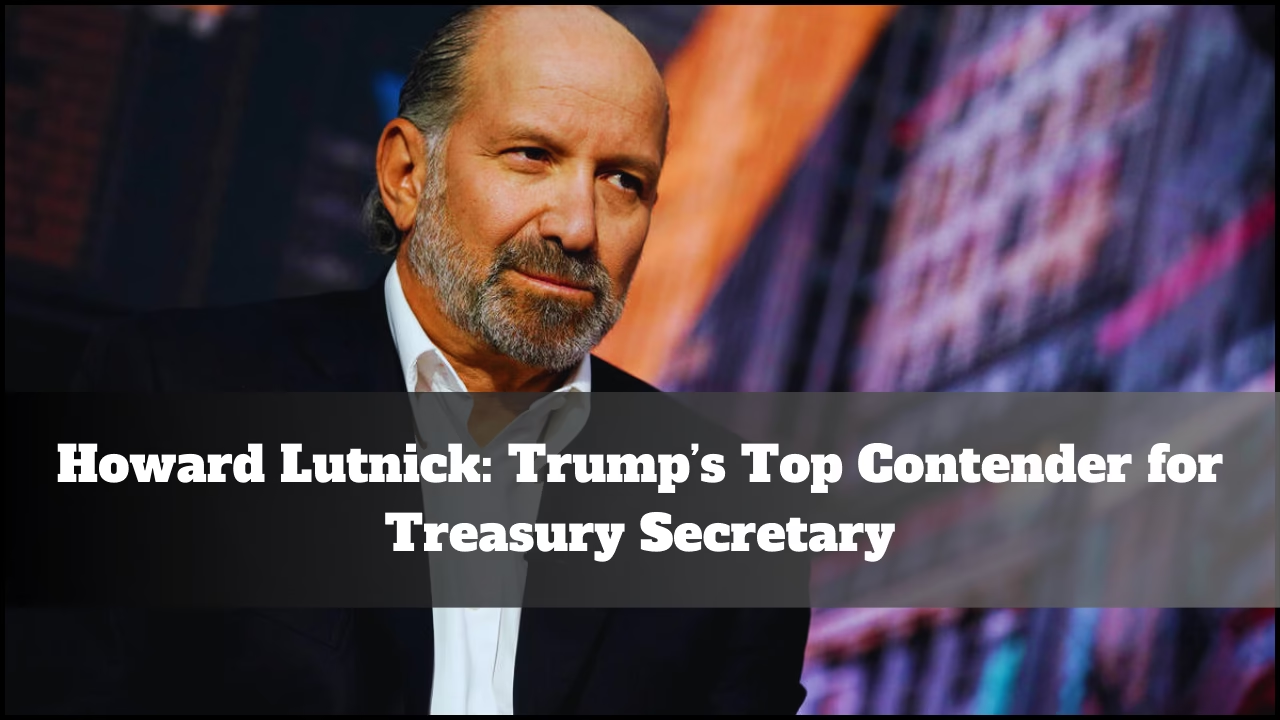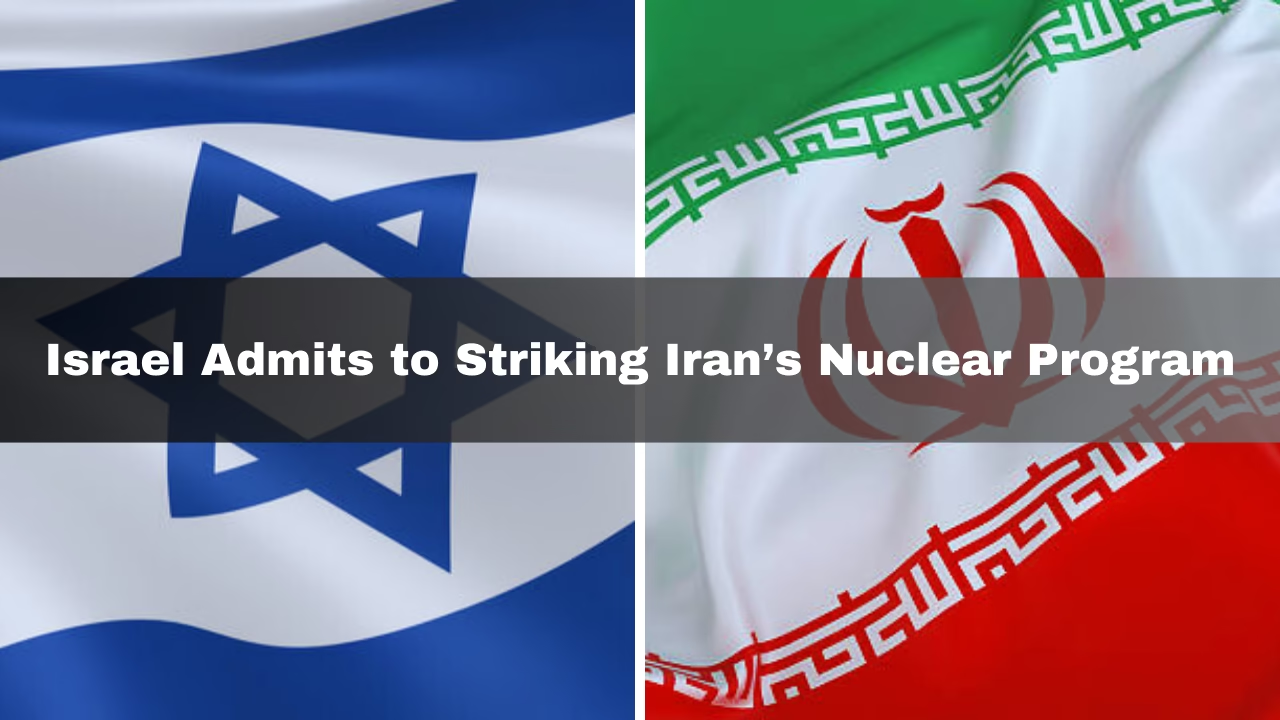Trump vs. Harris—The Final Stretch

Trump vs. Harris—The Final Stretch
With former President Donald Trump and current Vice President Kamala Harris emerging as the front-runners for their respective parties, the political scene is heating up as the 2024 presidential election draws to a close. Both candidates are stepping up their campaigns in the last weeks before Election Day on November 5, 2024, with a particular emphasis on crucial battleground states that might decide the election’s outcome.

Candidates and Their Plans on the Road to November
In this pivotal election, Democratic contender Kamala Harris aims to establish herself as the first female president and the first woman of color to assume the post, while Republican candidate Donald Trump is running for a second term following his contentious reign. Both candidates will concentrate their efforts on swing states like Pennsylvania, Wisconsin, and Arizona, which are essential for obtaining the required number of electoral votes, in the election that will be held nationwide on November 5, 2024.
Both candidates have a lot on the line. Trump wants to allay worries about the policies of his former government while also leveraging the allegiance of his constituency. Harris, on the other hand, is focusing on topics like social justice, healthcare, and climate change in an effort to bring the Democratic Party together and win over more voters.
Future of American Politics: Trump vs. Harris
Trump vs. Harris

According to current polling, Trump and Harris are in a close contest as the election approaches. A survey by ABC News and The Washington Post indicates that Harris is slightly ahead of Trump, with 48% of likely voters backing her and 45% backing him. The margin of error, however, indicates that the race is still very much alive and well.
With Trump conducting rallies in crucial states, promising to “Make America Great Again” and attacking Harris’s vice presidential record, both candidates have been aggressively campaigning. Harris, on the other hand, has been emphasizing grassroots initiatives, speaking with voters face-to-face and showcasing the accomplishments of her government, including as infrastructure improvements and economic recovery.
How can citizens ensure equal access to opportunities?
Trump vs. Harris

“We are going to retake our nation from the radical left,” Trump declared at a recent rally in Pennsylvania. Together, we will resist their attempts to ruin what we have worked so hard to achieve.” His supporters, who are keen to see him return to the White House, are still moved by his speech.
“This election is about the future we want to build together,” Harris said in response to a crowd in Arizona. The goal is to guarantee that all Americans have equal access to healthcare, education, and opportunities for achievement. Her speech is to encourage voters to be united and hopeful, especially
those who could feel left out or ignored in the political conversation
The main concerns at stake
The discussion is dominated by a few major topics as the contenders make their last efforts. These include foreign policy, social justice, healthcare, the economy, and climate change. Undecided voters may be influenced by the different ways that each candidate handles these topics.
1. The Economy: Many Americans are deeply concerned about the post-COVID-19 economic recovery. Trump claims that the measures of his former administration produced an unparalleled economic expansion and highlights tax cuts and deregulation as ways to spur development. Harris, on the other hand, supports a more just economic system and suggests raising taxes on the rich to pay for social initiatives that help the middle and lower classes.
2. Healthcare: Given the continuous discussions surrounding the Affordable Care Act and the growing expense of prescription medications, healthcare continues to be a crucial subject. While Trump has pledged to repeal and replace the Affordable Care Act (ACA), claiming that it has resulted in higher premiums and fewer alternatives for customers, Harris is in favor of increasing access to healthcare through public options and reducing medicine prices.
3. Climate Change: Another important issue, especially for younger people, is climate change. As a pillar of her campaign, Harris has promoted drastic measures to address climate change, such as a Green New Deal. Trump, on the other hand, has come under fire for his repeal of environmental laws, claiming that doing so impedes the development of jobs and economic progress.
4.Social Justice: Racial and social justice issues have been more well-known in recent years, particularly after the 2020 demonstrations. Harris has established herself as a social justice advocate, concentrating on structural inequalities and police reform. Trump has frequently presented his strategy as one of upholding public safety and assisting law enforcement, even while he acknowledges the necessity of law and order.
5. International Relations: The campaign’s foreign policy is another important component. Trump highlights his administration’s successes in negotiating Middle East peace accords and adopting a firm posture against China. On the other hand, Harris stresses the value of reestablishing alliances and engaging in diplomacy, especially in the aftermath of global issues like pandemics and climate change.
What the Media and Social Media Play a Part
Social media and media coverage are important factors in influencing public opinion in today’s political environment. These platforms are being used by both candidates to connect with voters. Trump continues to engage with his fans directly through social media, frequently eschewing established media outlets. His updates and tweets are meant to keep his followers interested and motivated.
Harris, meanwhile, has emphasized a more inclusive strategy, interacting with a varied audience on social media. Her campaign has placed a strong emphasis on telling stories, providing voter testimonies and personal accounts to
draw attention to how policies affect regular Americans in the real world. This tactic seeks to foster empathy and a sense of connection, especially among people who feel excluded or underrepresented in the political conversation.
Voter participation and engagement
Trump vs. Harris

Both candidates are concentrating on rallying their supporters and contacting unsure voters as the election draws near. Harris’ campaign has placed a high priority on grassroots organization, urging volunteers to interact with local communities by phone banking and door-to-door canvassing. This strategy seeks to guarantee that voters are aware of the election’s implications and feel empowered to express their opinions.
Meanwhile, Trump’s campaign is using big events and rallies to invigorate his followers. In order to appeal to those who value a robust economy and national security, his messaging frequently centers on themes of patriotism and economic recovery. Both candidates understand that voter participation will be important, especially in battleground states and among young people.
The effects of public appearances and debates
During the campaign, debates and public appearances are crucial because they provide candidates a chance to express their ideas and take on their rivals. In these situations, the performance has the power to greatly affect public opinion and sway those who aren’t sure. Harris will need to be able to emotionally engage the audience and clearly communicate her policy stances, particularly when responding to questions on her background and leadership fitness.
Trump frequently uses an aggressive manner in his debate tactics in an effort to control the discussion and project an image of a determined leader. His admirers value this strategy because they see it as an indication of his fortitude and tenacity. It can, however, also turn off centrist voters who might favor a more cautious approach.
In conclusion (Trump vs. Harris)
The stakes are high for both candidates as the election approaches. In addition to choosing the next president, the outcome will influence important policies that will impact millions of Americans in the future. In the last push to the polls, voter involvement, media strategy, and the capacity to engage a variety of audiences will be crucial. In the end, voters will be impacted by the candidates’ responses to today’s most important problems, which will shape their choices and the political climate for years to come.



















